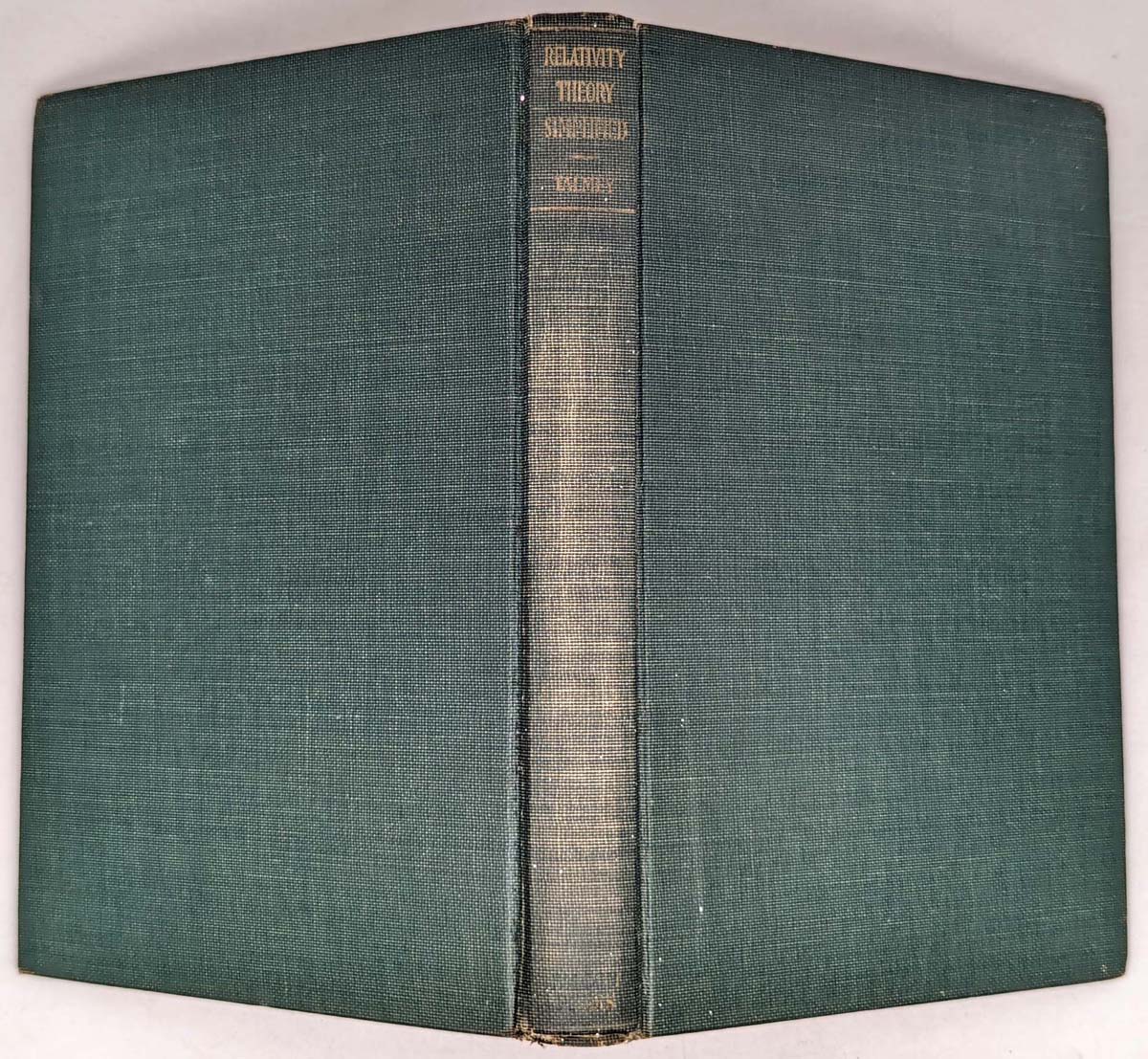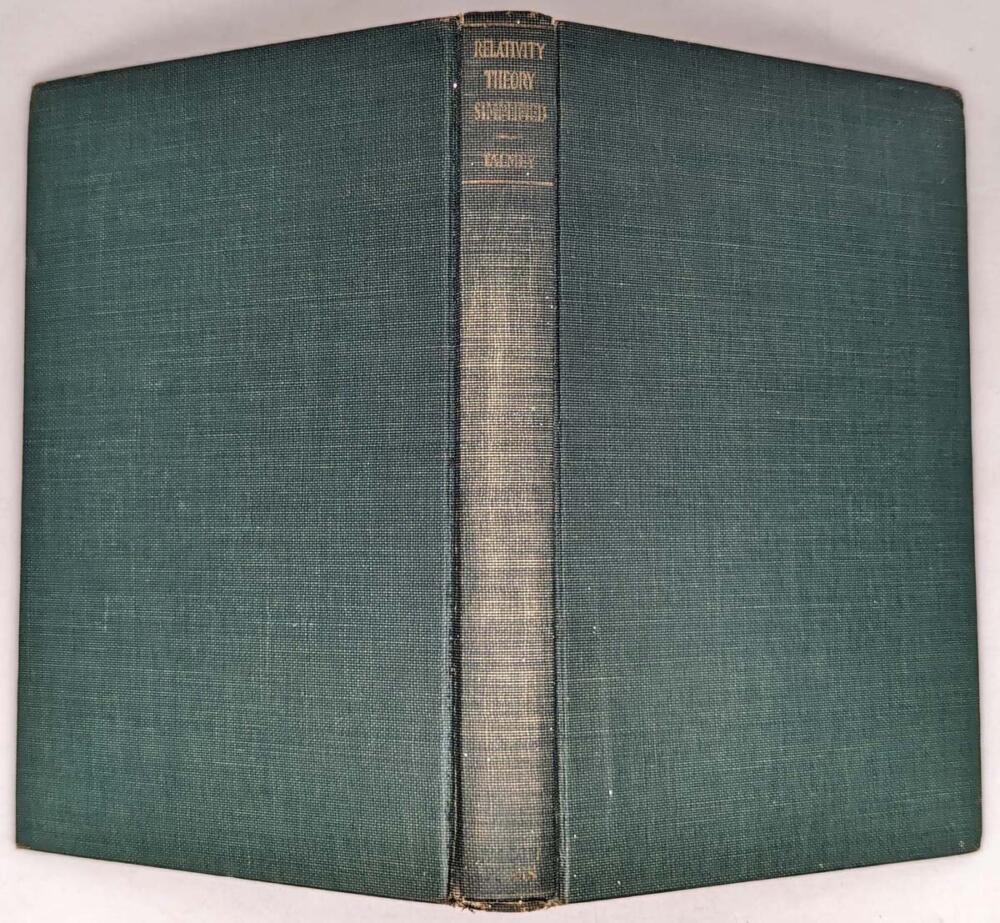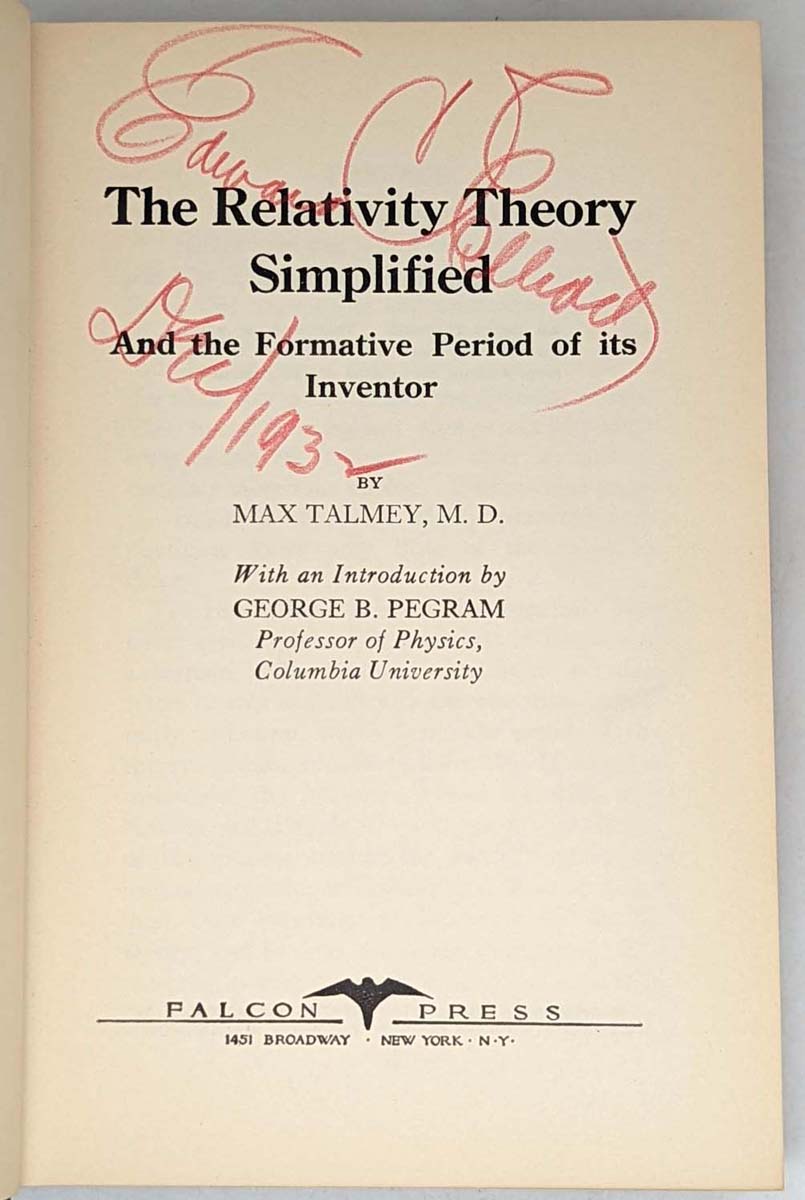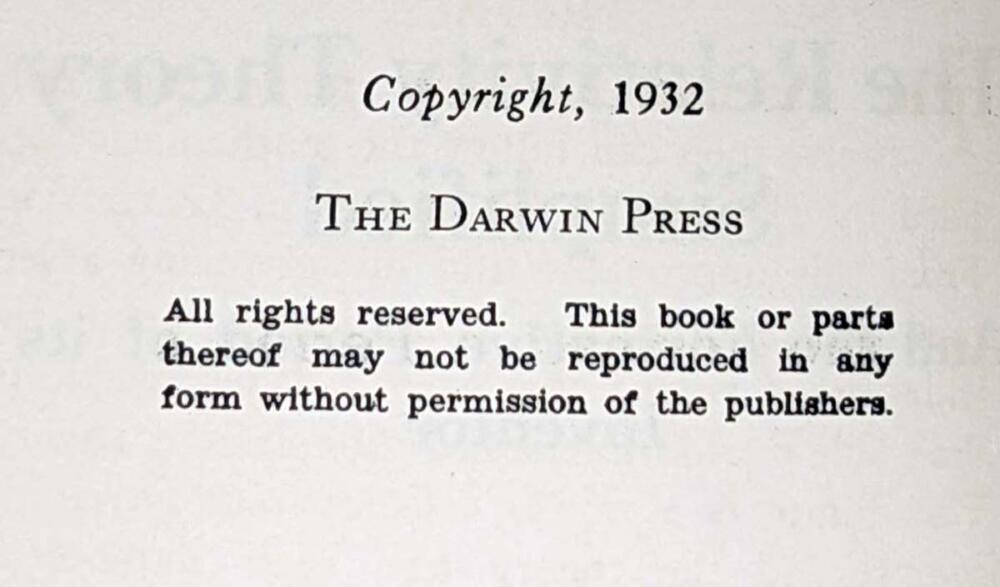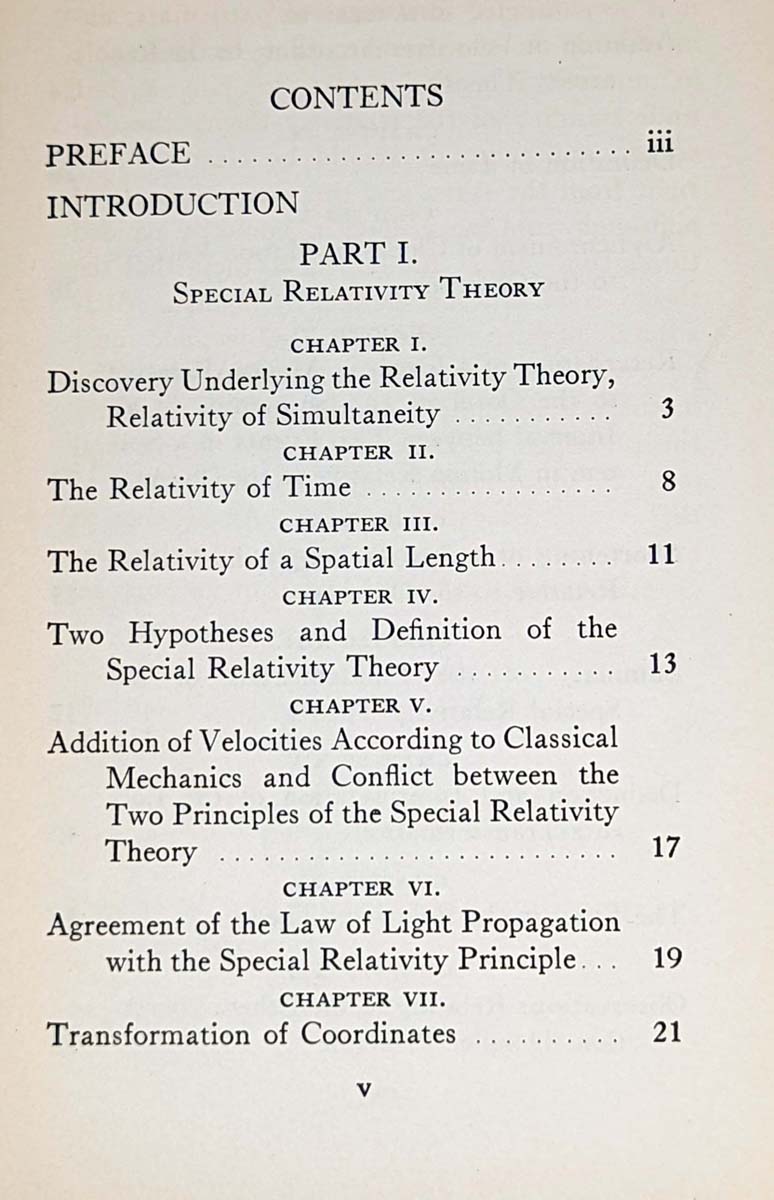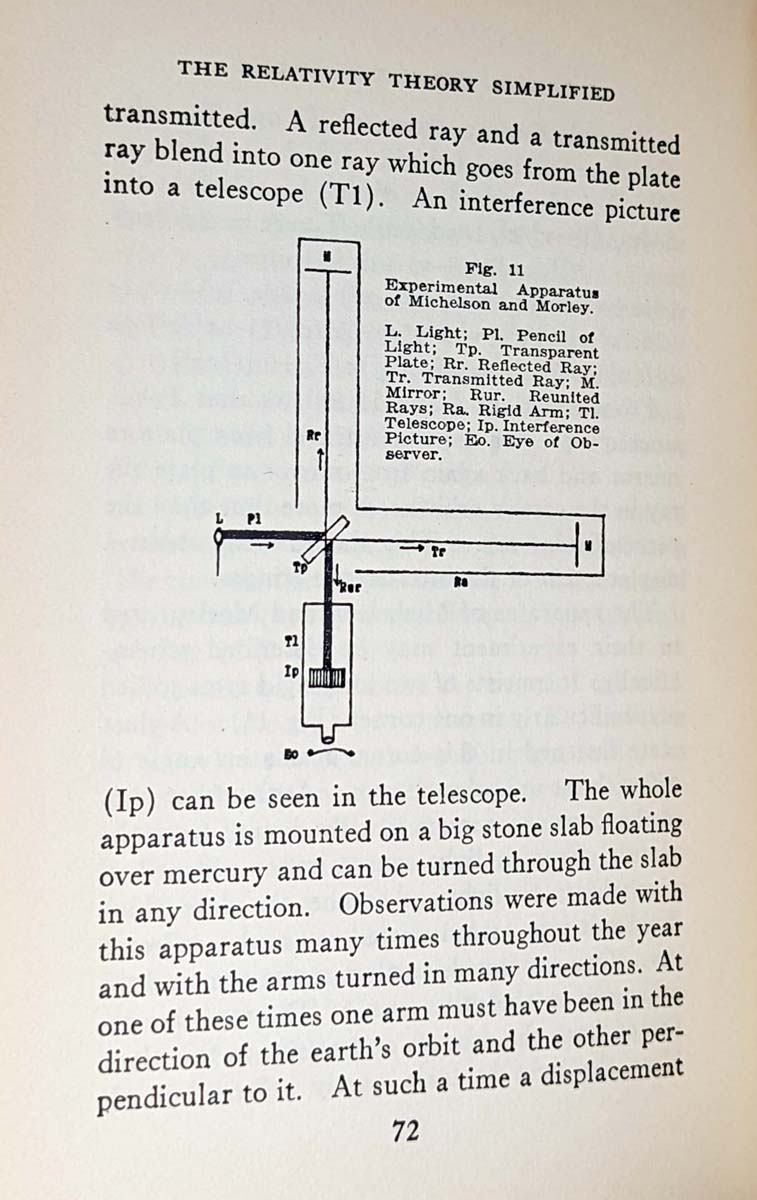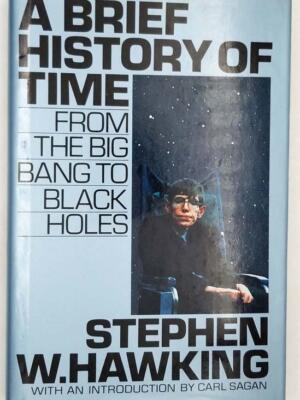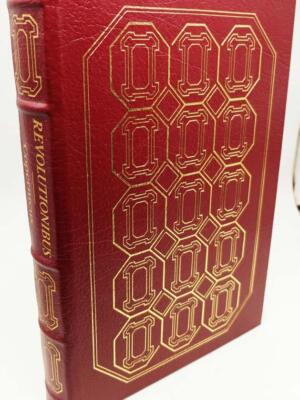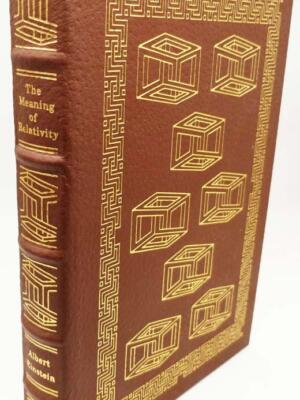The Relativity Theory Simplified (1932) by Max Talmey is a rare early attempt to make Einstein’s revolutionary physics accessible to the general public. Talmey, a physician and close personal friend of Albert Einstein (he mentored the young Einstein in Munich), distills the core concepts of special and general relativity—time dilation, curved spacetime, and the equivalence of mass-energy—into layman’s terms, avoiding complex mathematics. The book reflects pre-war scientific optimism, framing relativity as a gateway to cosmic understanding rather than an esoteric puzzle.
Historically significant as a first-generation popularization, it includes anecdotes of Einstein’s early genius (Talmey gifted him Kant’s Critique of Pure Reason at age 13) and contrasts Newtonian absolutes with relativistic paradoxes. Though outdated by modern standards (e.g., no mention of black holes or expanding universe proofs), its clarity and proximity to Einstein himself make it a collector’s gem.
For context, pair with Einstein’s Own Popular Account (Relativity: The Special and General Theory, 1916) or The ABC of Relativity (1925) by Bertrand Russell.
